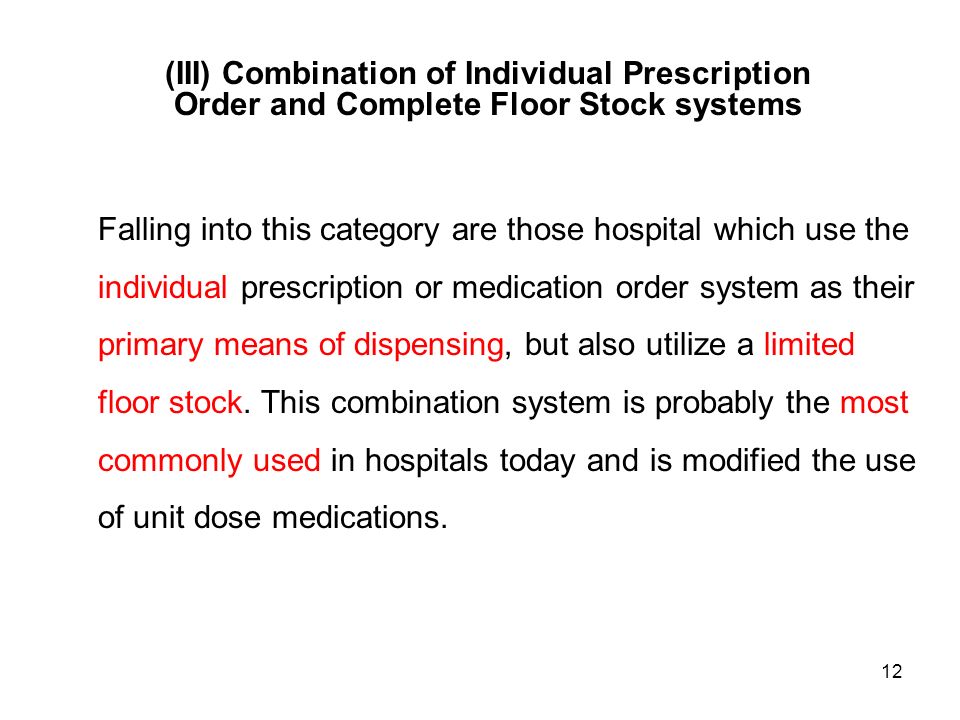Also known as back stock in some settings floor stock is a term used to identify inventory items that are used to replenish stock that is maintained on a store floor or in a designated area within a plant facility for use by employees without the need to make use of a requisition form.
Definition of floor stock system.
An interest rate floor is an agreed upon rate in the lower range of rates associated with a floating rate loan product.
A floor stock system in a hospital involves the storage of pharmaceutical and over the counter drugs where they are needed usually in a nurse s station rather than in a pharmacy as explained on knowledge source.
In other words stock management covers every aspect of a business s inventory.
The mrp system logic is that the quantity of stock on the shops in the floor stock balance which is an inventory balance is added to the store balance before the netting calculation is per formed.
Floor stock is different from non stock inventory since it does actually have an sku number and item master record but rather than tracking quantities in the inventory system the materials are expensed as they are received.
Normally lower dollar value backflushed items.
It is the portion of inventory that is generally left in boxes in the back storage area until needed up front for display.
Also called back stock.
Inventory on hand that has not yet been loaded onto shelves.
Why is stock management important.
Floors can be established for a number of factors including.
Interest rate floors are utilized in derivative.
Defined by lean affiliates.
Stock management may also be called stock control inventory management or inventory control.
Stock management applies to every item a business uses to produce its products or services from raw materials to finished goods.
The jobs on the shop that will use the item still show a requirement as the issue transaction has not taken place.
While the use of the term is slightly different in retailing than in manufacturing the core concept is.




























